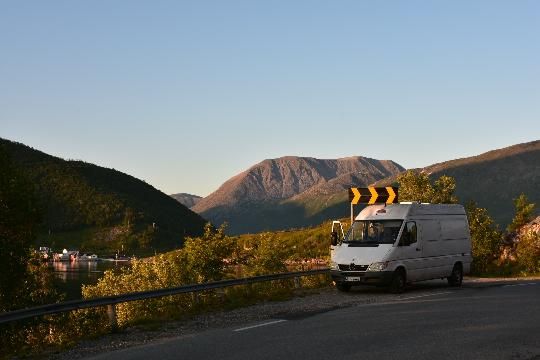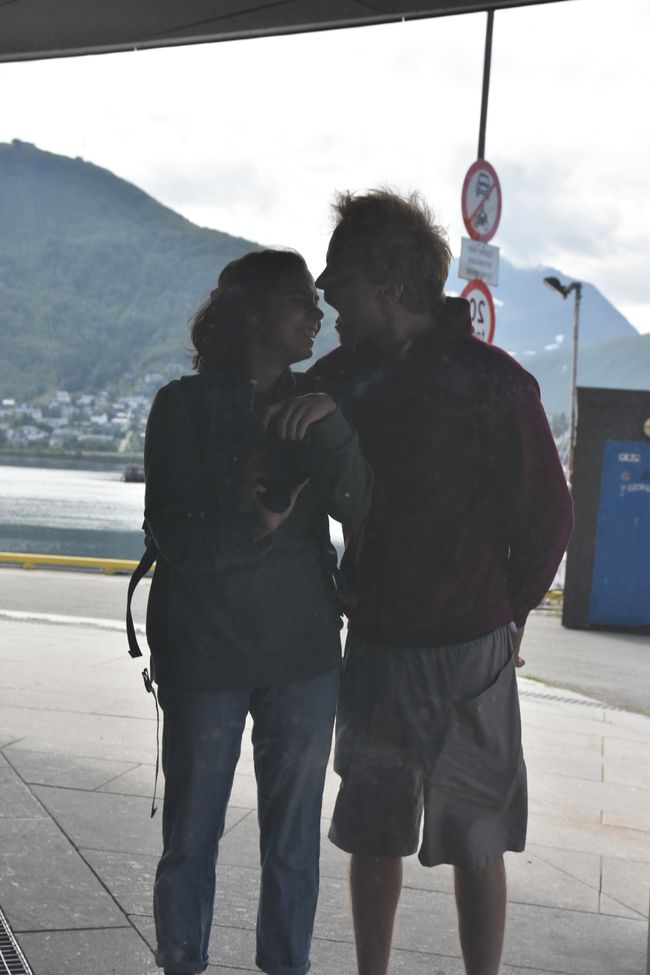Tag 127-132 - Ready for the island
Publié: 28.01.2019
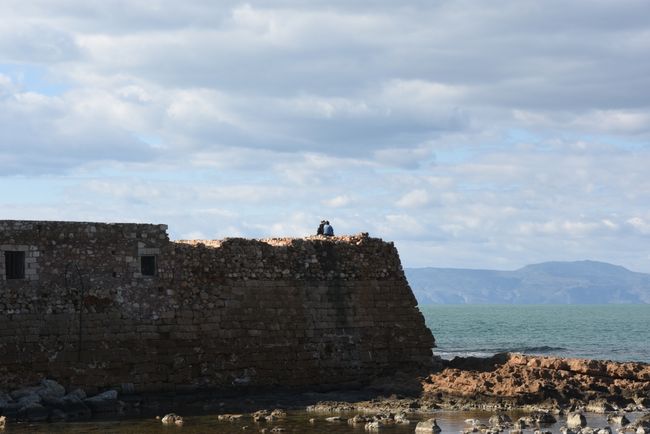
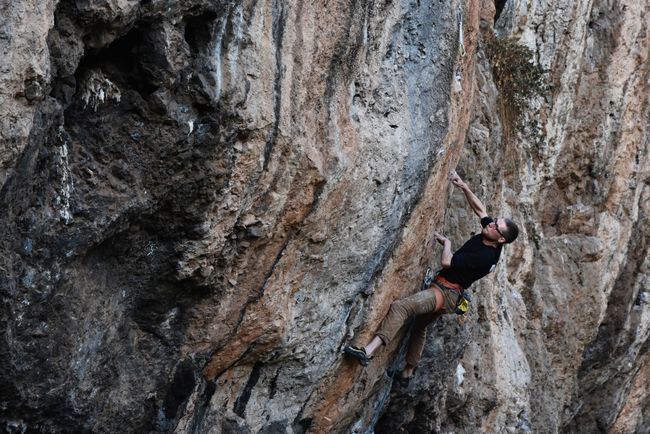
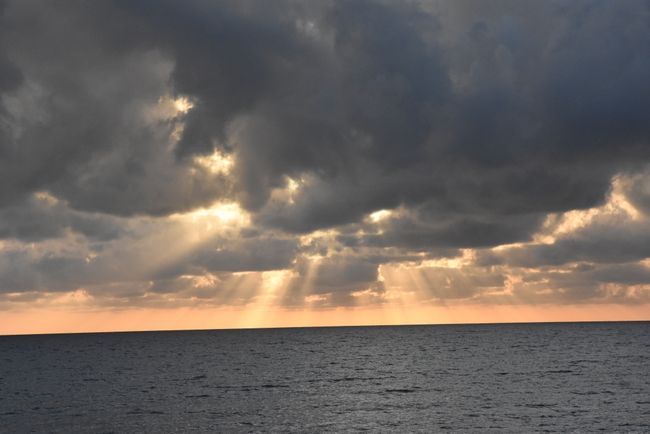
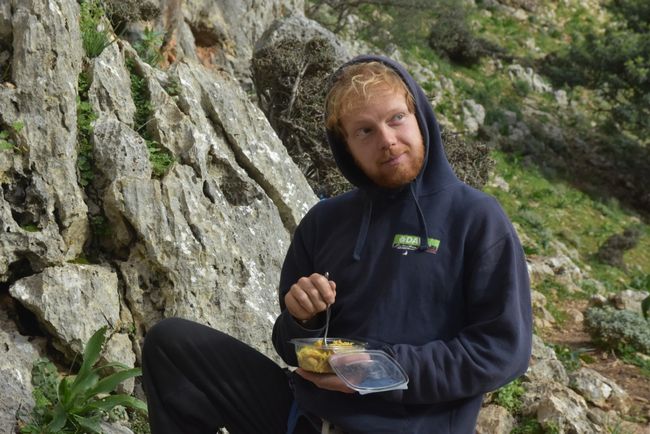
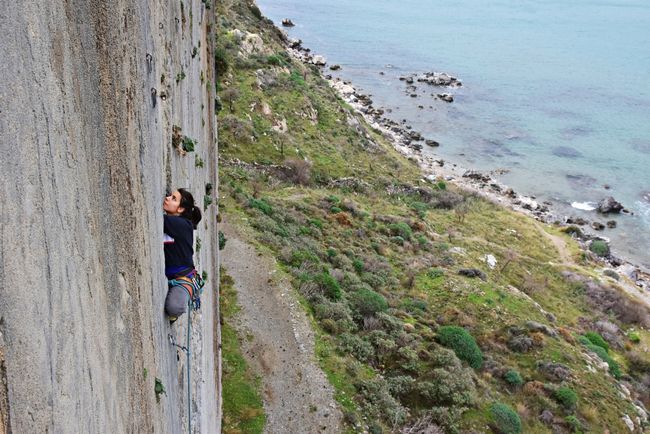
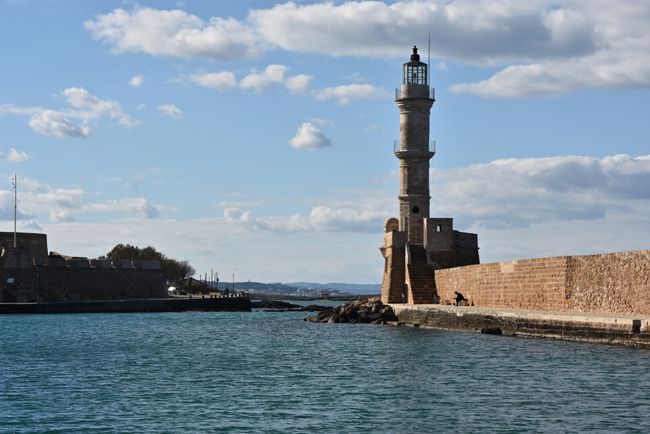
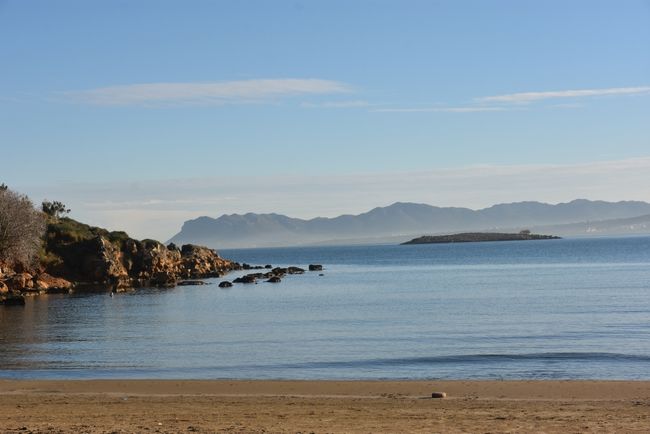
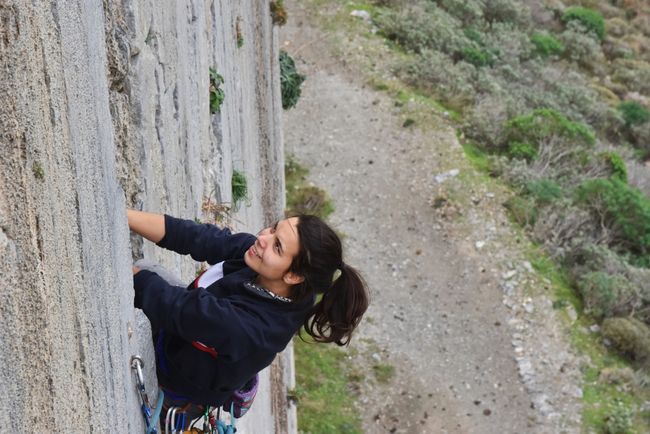
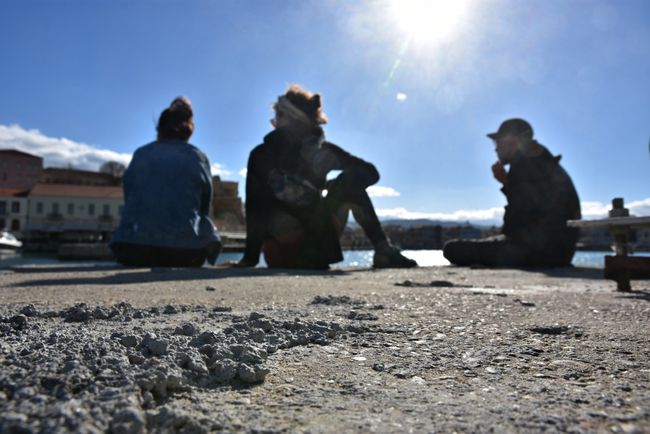
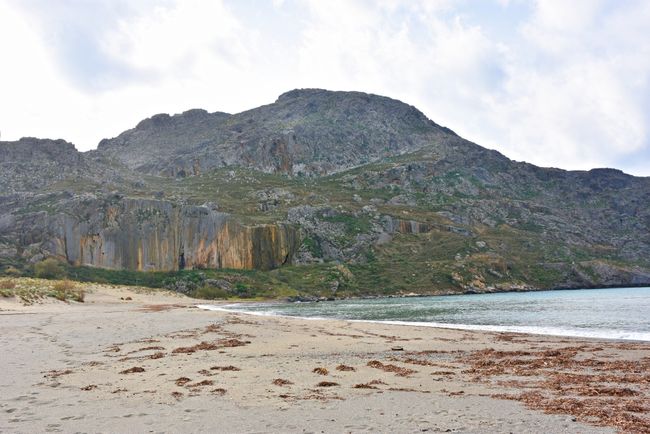
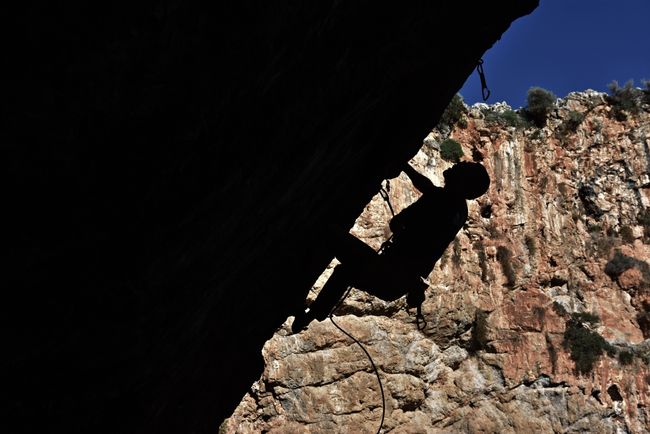
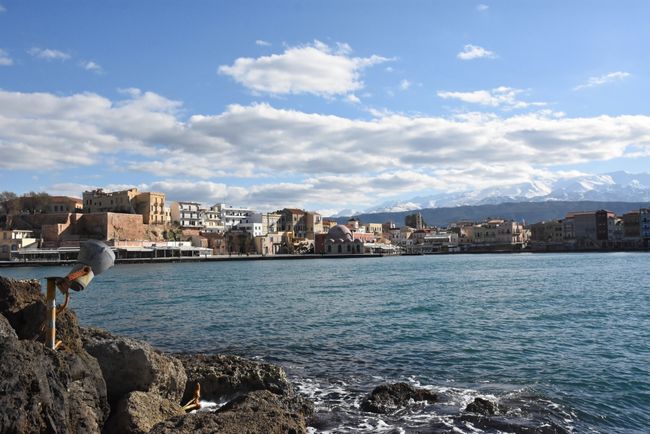
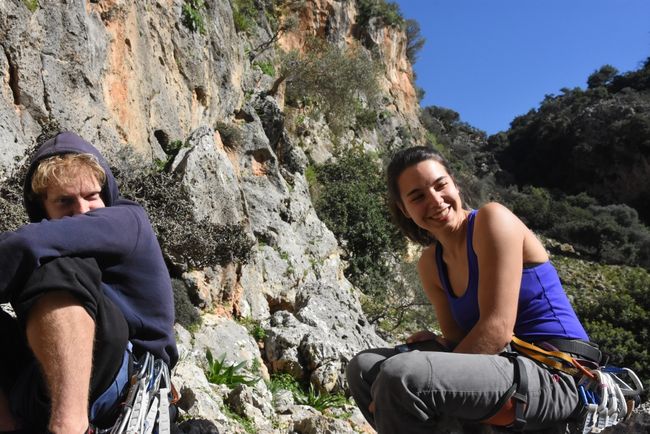
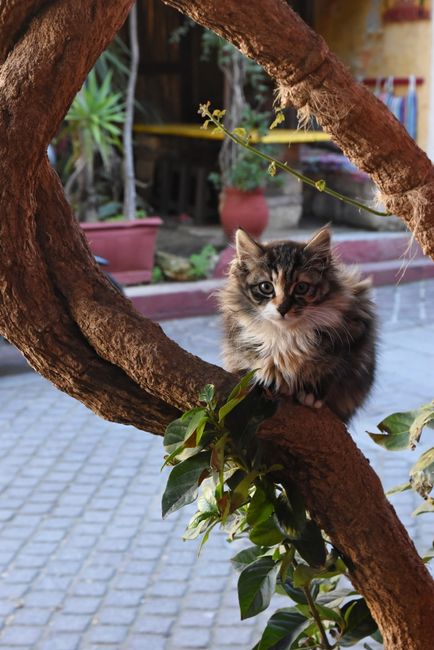
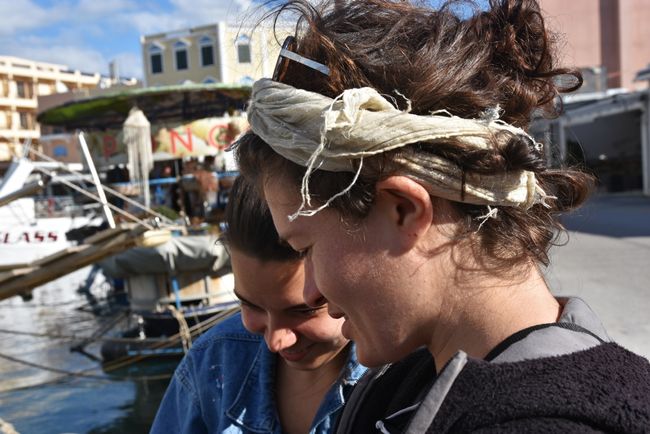
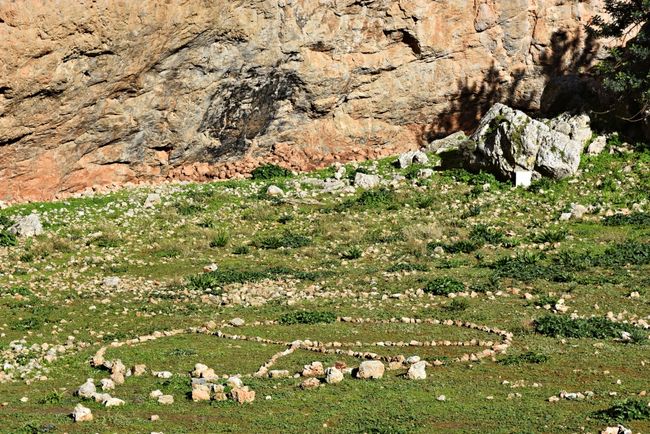
S'inscrire à la Newsletter
It is very exciting to spend our last days in Greece on Crete, as the island differs in many ways from the mainland - although not in the typical Greek coziness and driving style. The dialect is slightly different and the landscape occasionally gives you the feeling of being in a completely different place, like Ireland.

Away from the coast, you don't even notice that you are on an island, because it is over 8000 square kilometers in size and the landscape is very diverse. There are flat plains, large cities, densely planted olive groves, tiny villages, and a large mountain range with snow-capped peaks and impressive gorges. Combined with the almost ubiquitous sea (no wonder with 1066 km of coastline), it is definitely a worthwhile sight.
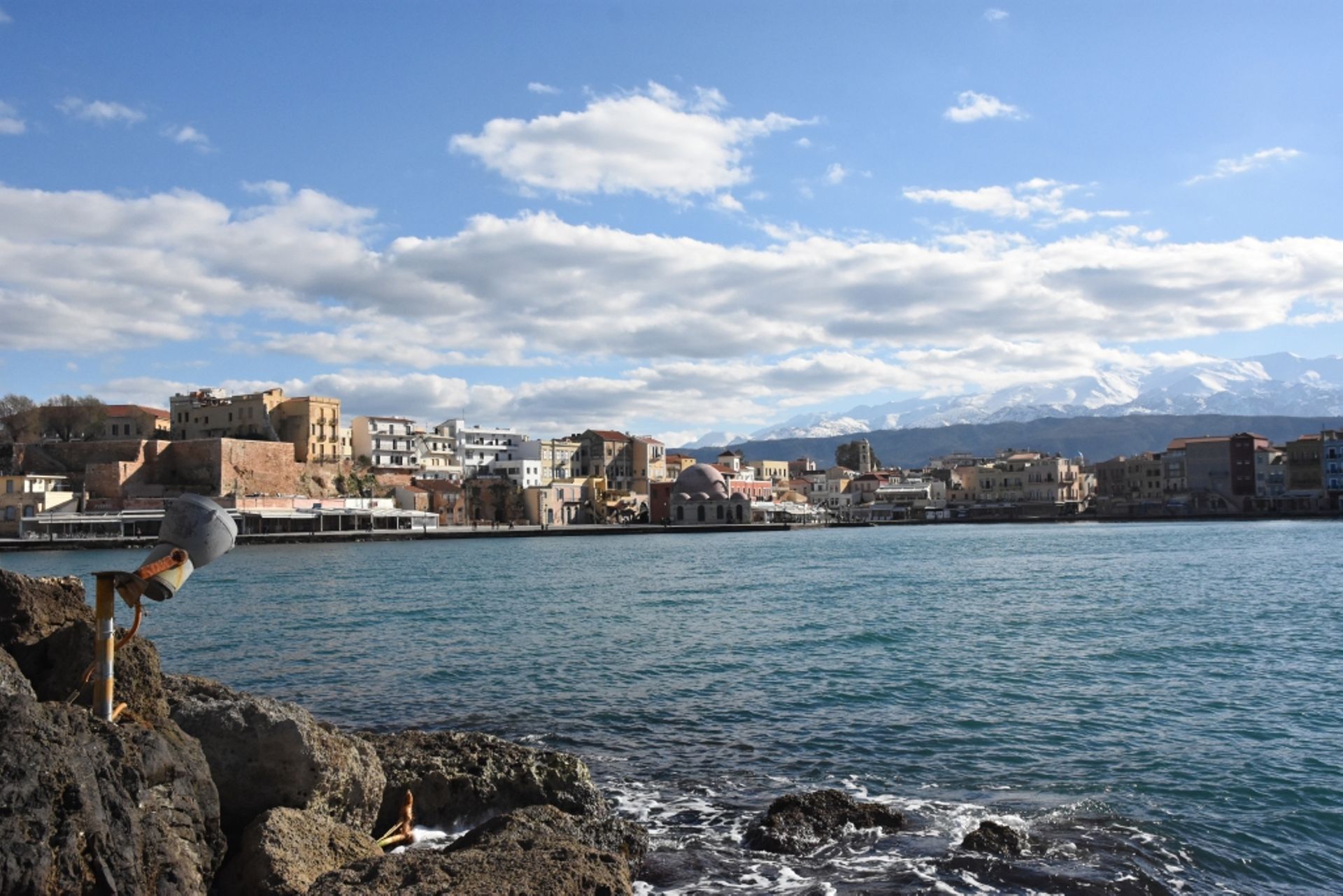
By the sea, we found a good spot in front of a beach bar closed for the winter, where the Greek retirees present tolerated us at their favorite bathing spot. There was even a toilet and beach showers under which we could wash ourselves after morning swimming in the sea.

When we first considered where we would go climbing in the next two weeks, we realized that we were woefully unprepared. In our 'Best of Greece' guidebook, there were only three climbing areas on Crete, two of them north walls. As befits long-term travelers, we had not done any research, firmly believing that we would find something suitable on-site. So we consulted Google and decided to first go to Kria Vrisi.
On-site, however, we found only a few villagers instead of mountains, who were visibly surprised by the sight of such unusual visitors - tourists rarely get lost in this remote area. No wonder, because you can't climb there, we had driven to the wrong Kria Vrisi. Instead, we were invited by hospitable farmers for raki, nuts, and dates and learned a lot about olive harvesting and the simple life in the small village.
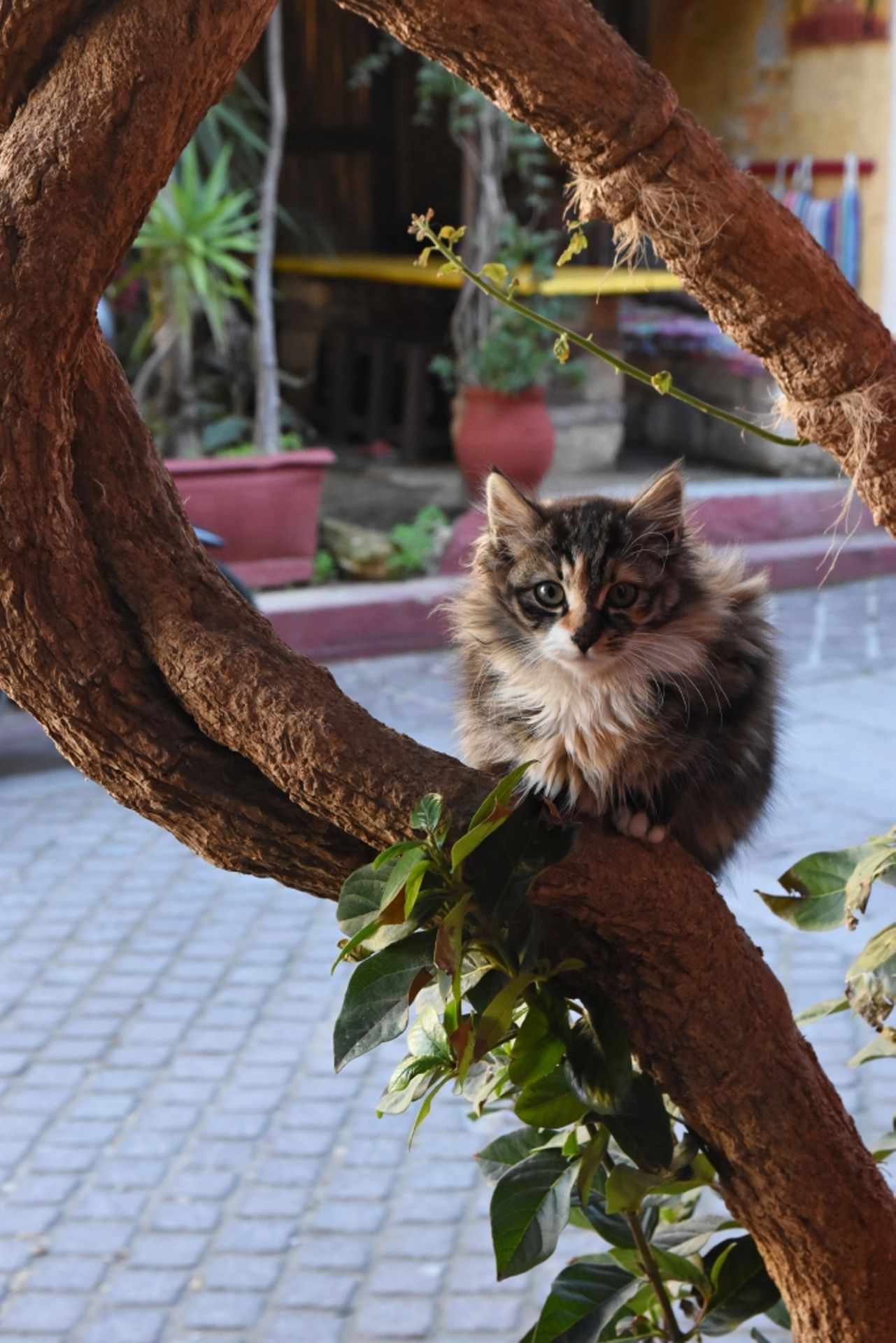
Crete is one of the largest olive oil exporters in the EU, and harvesting, caring for the trees, and grinding the olives into oil is quite a lot of work. Luckily, one of the workers could speak English because our modest knowledge of Greek was more bad than good for communication. The friendly farmer actually spent her entire life in this one village and only left Crete once, to visit family (in Kaiserslautern, of all places). So on that day, we didn't go climbing, but we had a very nice encounter and got a small supply of oranges and tangerines.

In general, we took our last days of travel easy, but still, our motivation was enough for a visit to three climbing areas.
In the gorge of Therisso near Chania, there are several opportunities for sport climbing, but only one sunny wall in the first of the four sectors. Directly opposite, we could watch the little goats playing (and above all hear them) and at the base of the rock, the traces of their droppings were so numerous that we hardly found a clean place to put down our backpacks. However, the routes were pretty cool and a good change from the tours in Leonidio. The wall was characterized by variously sized holes similar to those in Franken, but with a pleasant length of 20 to 30 meters. We had to quickly readjust from the ridiculous bolt distances in Leonidio to normal ones, but then we could climb some beautiful routes.
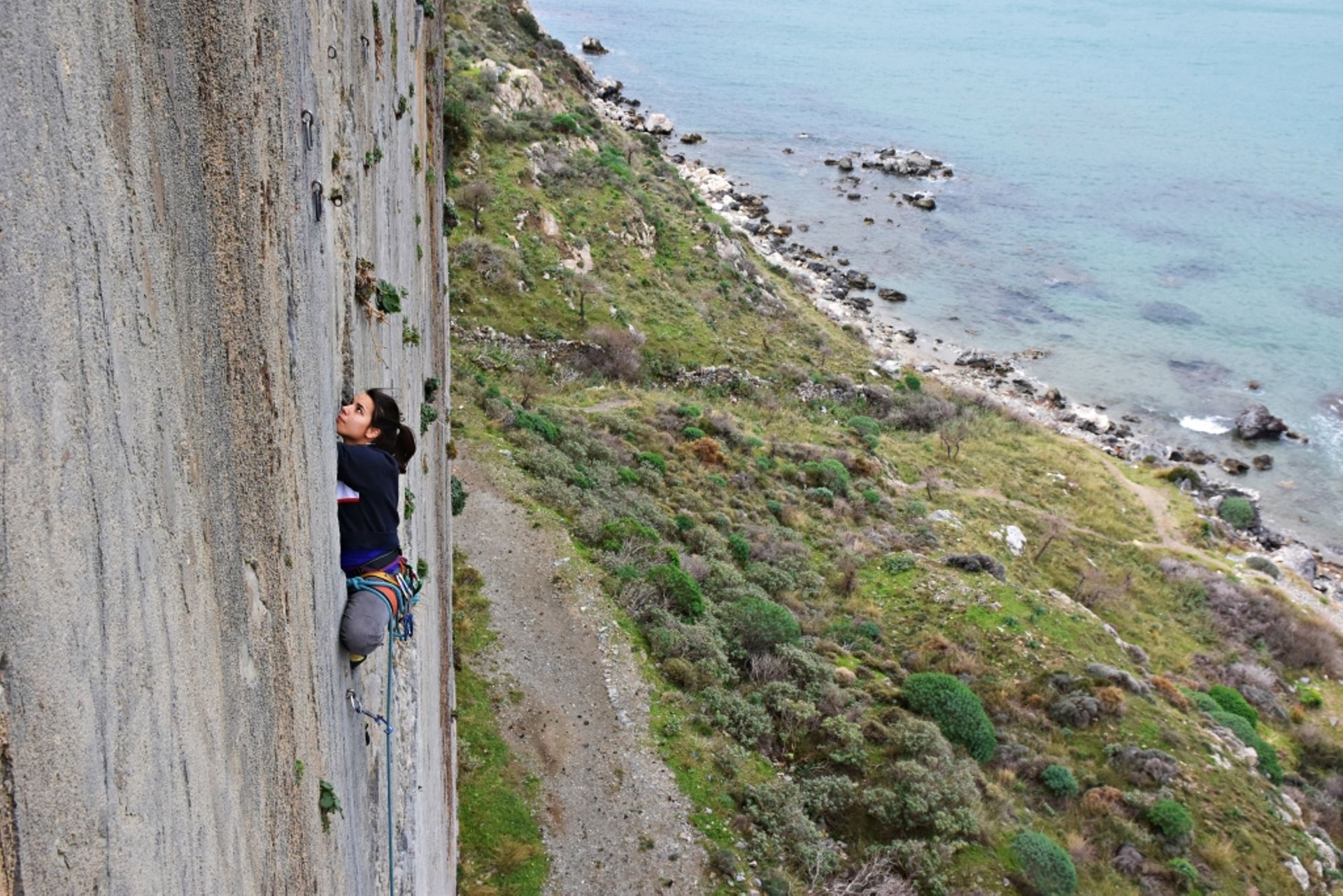
Next, we went to Plakias, an impressive wall right on the beach. The rock rose smooth and vertical and at first glance, it was difficult to spot any holds or foot-holds from the bottom. Therefore, most of the routes followed the larger cracks and we took on the challenge of this unusual climbing. A cool experience that definitely expanded my climbing horizon, even though there is still a long way to go for real crack and trad climbing. Although the rock was in the shade all day, the temperatures were fine. In summer, this, combined with the location right by the sea, is certainly a huge plus point. The omnipresent goat dung and other things we preferred not to identify were a downside. Unfortunately, Johanna injured her hand while warming up on a supposed 5b and therefore couldn't climb anymore on her last two days in Crete.
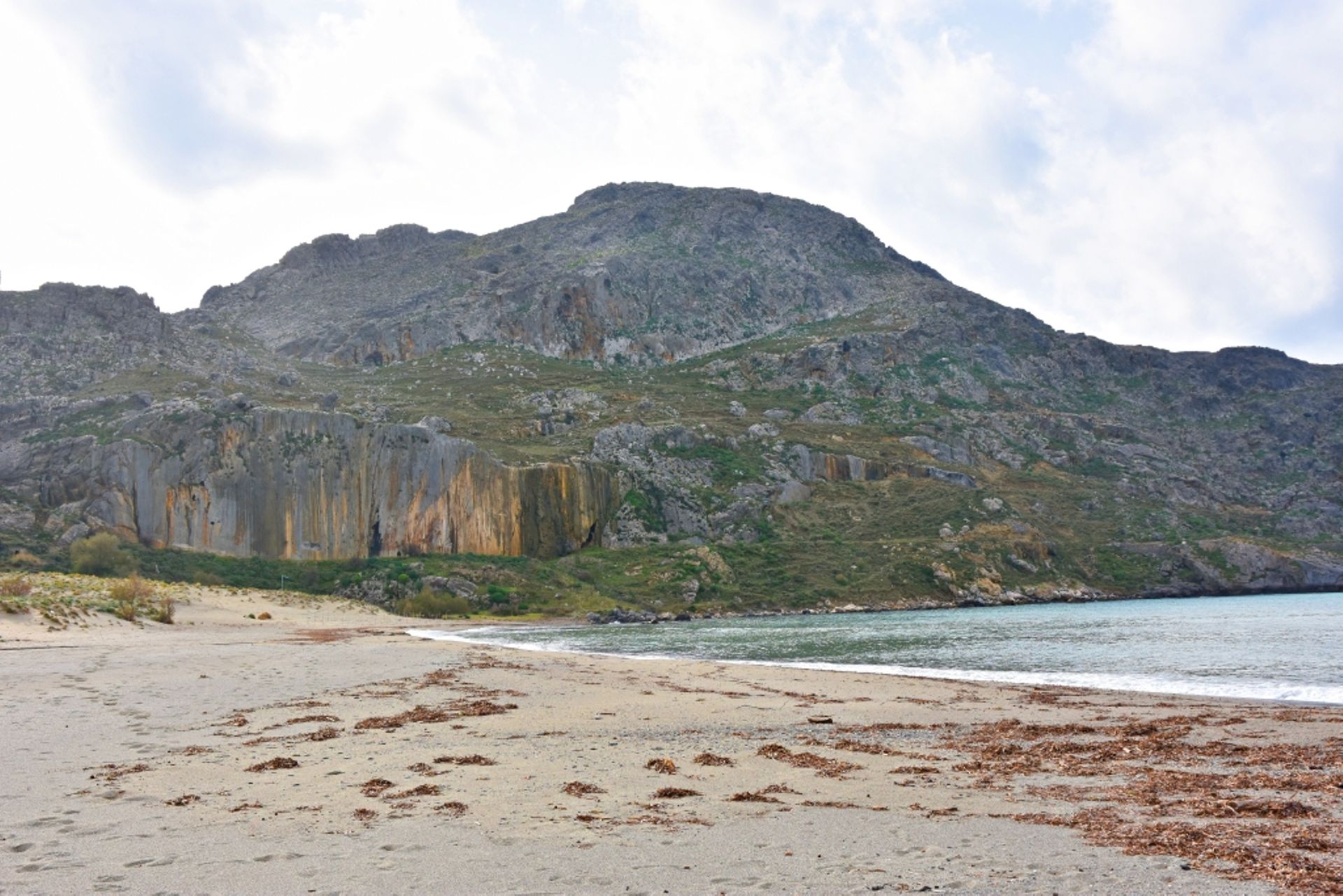
The Voulismeno Aloni area was located near Heraklion, the capital of Crete, on a mountain road, conveniently with a large parking lot, so we could spend the nights there. The rock turned out to be a round, impressively large sinkhole that also attracted non-climbers with a geological interest. The bolted parts of the wall were opposite each other, and the lower rock was even in the sun in the afternoon. Creative people laid symbols out of stones in the grass in between, and Johanna and Jan added an oversized peace sign to the artwork.

In Heraklion, we had Indian food in the evening and said goodbye to Johanna, who started her journey back to Germany from here. We are very glad to have met you and will continue to annoy you in Berlin!
Together with Nico, we will spend another week in Crete, which will probably go just as unplanned as the first one. Actually, it's quite relaxed to not have any big expectations, goals, or places to see or reach anymore towards the end of our trip. We simply enjoy the last days of our journey, go with the flow, and take a lot of time for ourselves. Fortunately, the climate has become milder again, so we can enjoy the landscape, time at the rock, and the pleasant company (finally different games than chess) more and more in the sunshine. We are curious to see what else we can discover on Crete and look forward to our soon departure.

See you soon, peace out!
S'inscrire à la Newsletter
Répondre
